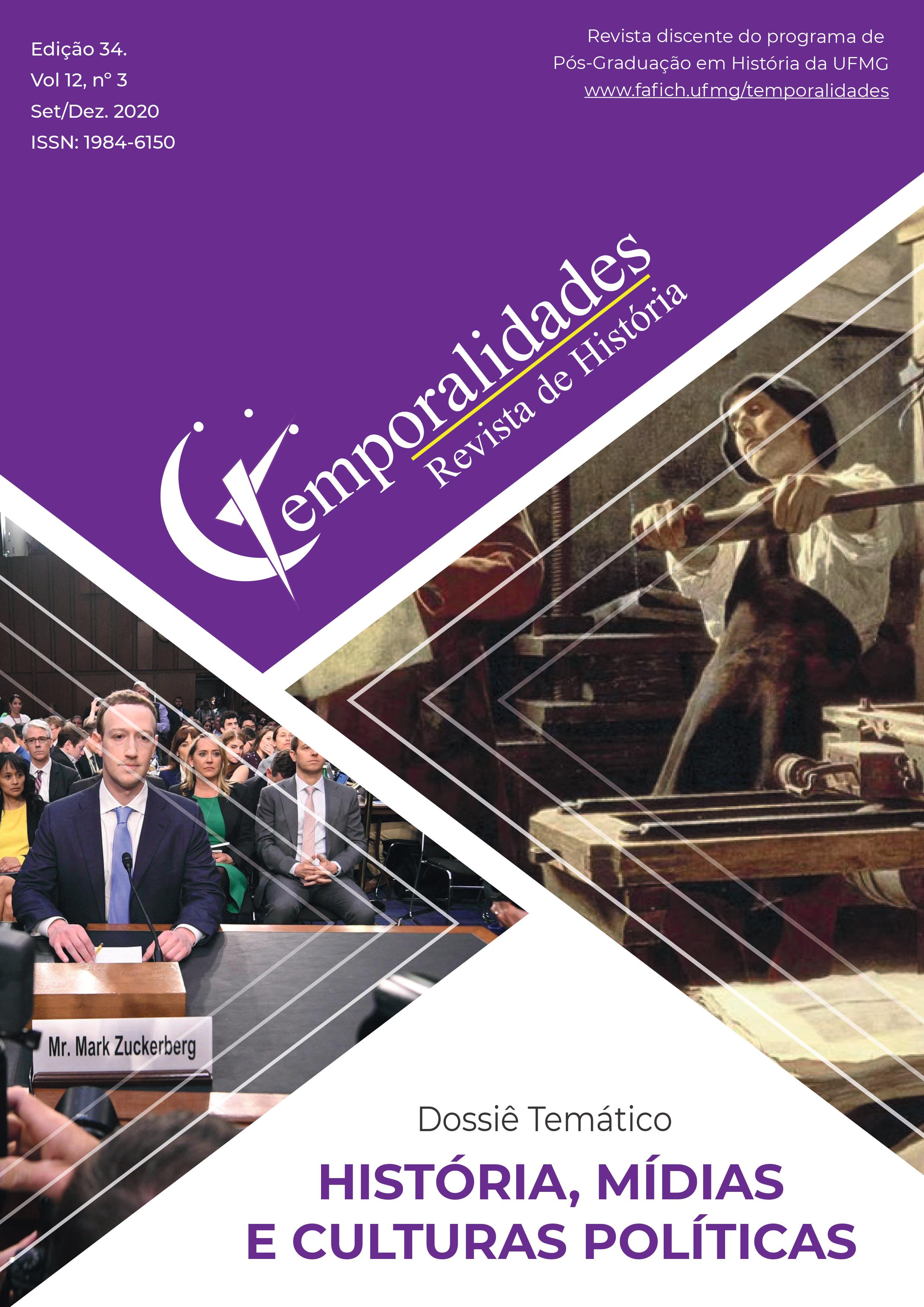“Tudo é medíocre e feio na URSS”
representações anticomunistas na imprensa amazonense (1935-1937)
Abstract
In November 1935 a rebellion broke out in the city of Natal that would soon spread to others Brazilian cities, in particular, Rio de Janeiro and Recife. Known as “Communist uprising of 1935”, it was a rebellion carried out in the midst of one of the most fierce situations in the political history of Brazil. Influenced by the ideas of the National Liberation Alliance (ANL) and having as one of the protagonists, Luiz Carlos Prestes, the Gentleman of hope. Started in Natal, on the 23rd, in Recife, on the 24th and in Rio de Janeiro, on the 27th of November. In addition to these cities, a plan was drawn up to overthrow the governor of Amazonas, Álvaro Maia, however the plan was not implemented. During the days of the uprising, the actions of the rebels generated a range of anti-communist representations and these representations were crystallized in the Brazilian political imagination and became decisive in elections and in any other power dispute. Thus, in this article, we aim to address anti-communist representations in the state of Amazonas, between 1935 and 1937. The representations worked on here were published in the newspapers A Tarde, O jornal, Jornal do Commercio and in the magazine A Selva.
Downloads
Downloads
Published
Issue
Section
License
Copyright (c) 2021 Davi Monteiro Abreu

This work is licensed under a Creative Commons Attribution 4.0 International License.
O(A) autor(a), para fins de submissão à revista Temporalidades, deve declarar que o trabalho aqui submetido é de autoria do mesmo e nunca foi publicado em qualquer meio, seja ele impresso ou digital.
O(A) autor(a) também declara estar ciente das seguintes questões:
Os direitos autorais para artigos publicados na Temporalidades são do autor, com direitos de primeira publicação para o periódico;
Em virtude de aparecerem nesta revista de acesso público, os artigos são de uso gratuito;
A revista permitirá o uso dos trabalhos publicados para fins não-comerciais, incluindo direito de enviar o trabalho para bases de dados de acesso público.
A Temporalidades adota a licença internacional Creative Commons 4.0 (CC BY).







